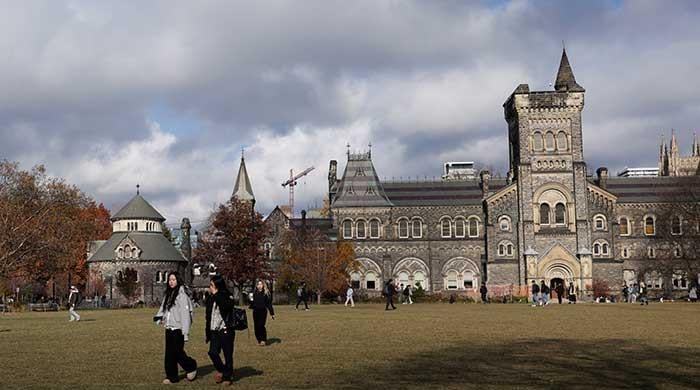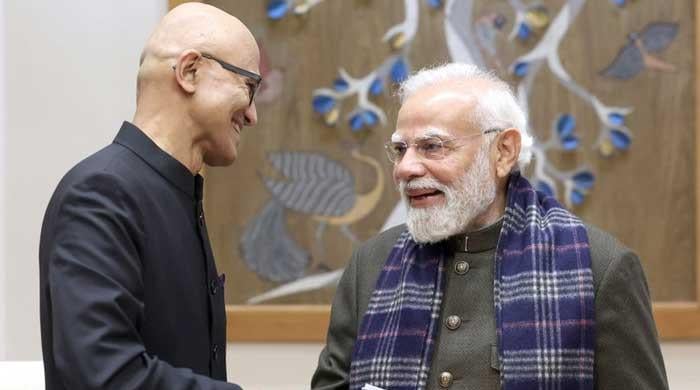Pakistan launches new remote sensing satellite from China
Suparco says satellite will aid disaster response, agriculture, and regional planning
July 31, 2025
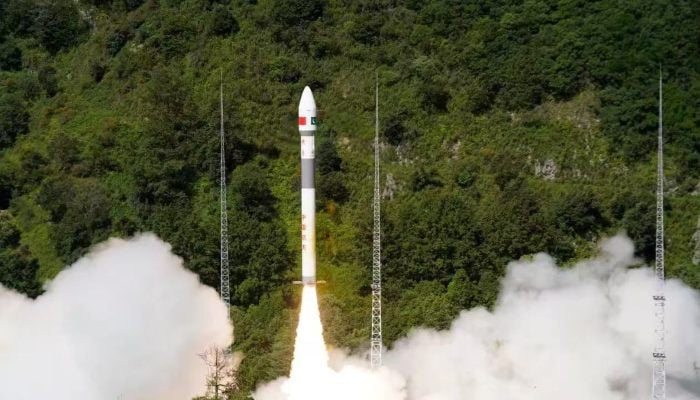
- Satellite launched from China’s Xichang facility.
- Fifth Pakistani satellite now active in orbit.
- Ahsan Iqbal praises Suparco, China’s support.
KARACHI: Pakistan has successfully launched its latest remote sensing satellite into space from China’s Xichang Satellite Launch Centre (XSLC), the Space and Upper Atmosphere Research Commission (Suparco) said on Thursday, marking a major milestone in the country’s growing space programme.
According to a spokesperson for the national space agency, the new satellite is expected to support national capabilities in Earth observation, agricultural monitoring, and environmental analysis.
The satellite was launched in collaboration with the China Electronics Technology Group Corporation (CETC) and MICROSAT China.
The satellite will also contribute to geospatial and monitoring of strategic initiatives such as the China-Pakistan Economic Corridor (CPEC), assist with regional planning, and support natural resource management efforts.
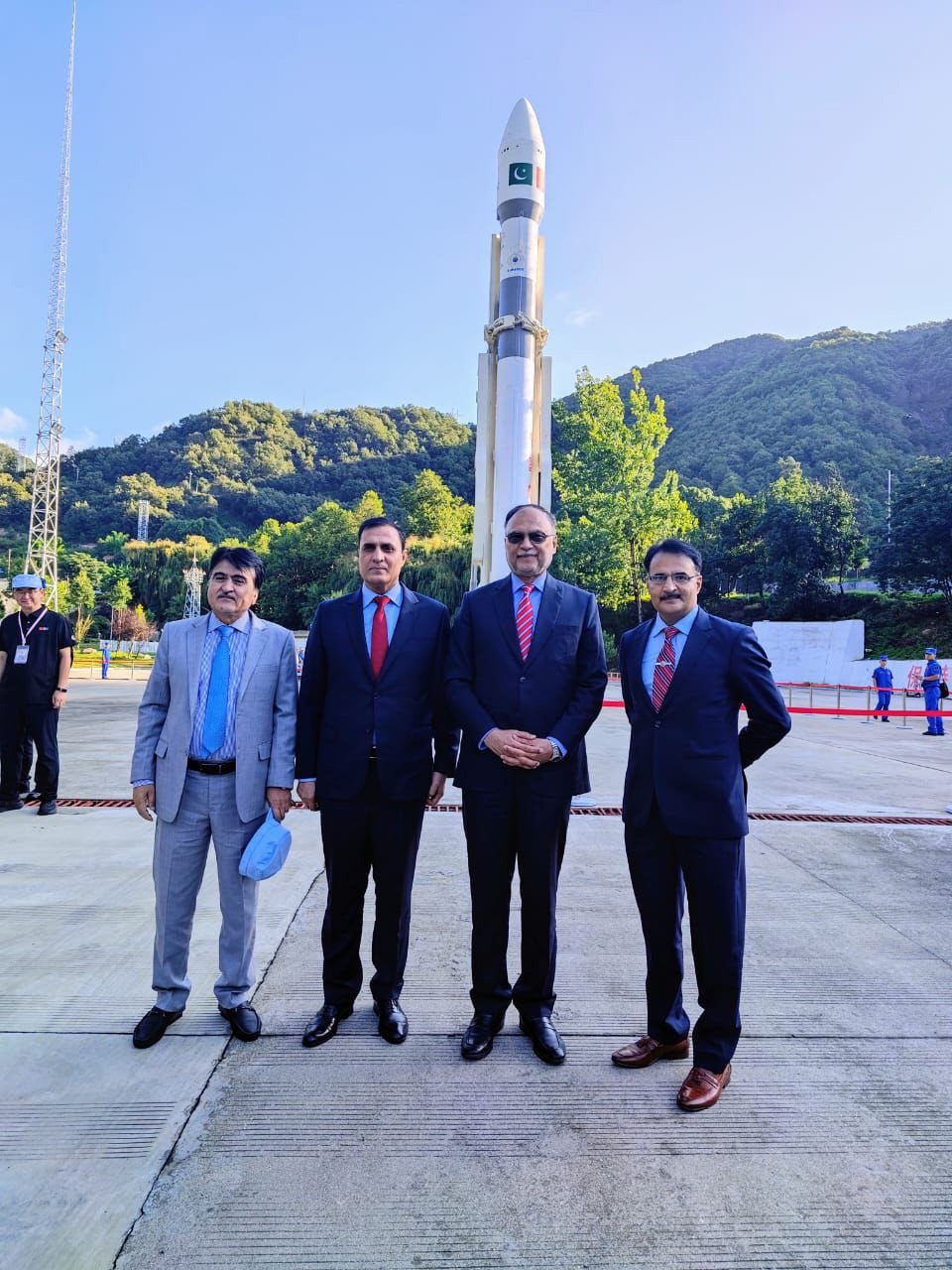
The Suparco spokesperson added that the satellite will help identify transportation networks and geographical hazards.
According to the agency, this is Pakistan’s second remote sensing satellite after PRSS-1, which was launched in 2018. With the addition of the new satellite, five Pakistani satellites are now operational in orbit, strengthening national capacity in space-based monitoring and disaster management.
The launch comes as part of Pakistan’s broader National Space Policy and Vision 2047. According to Suparco, the new satellite is equipped with state-of-the-art imaging systems and will assist in predicting and mitigating natural disasters, including floods, earthquakes, landslides, and glacier melt.
Suparco has said the satellite is equipped with advanced imaging systems capable of round-the-clock data acquisition, designed to aid precision agriculture, disaster response, urban planning, and climate surveillance.
Federal Minister for Planning Ahsan Iqbal congratulated the nation on the successful launch and praised the Suparco team, engineers, and scientists for their achievement. Iqbal said that the satellite had successfully reached its orbit and expressed gratitude for China’s strong support in making the mission possible.
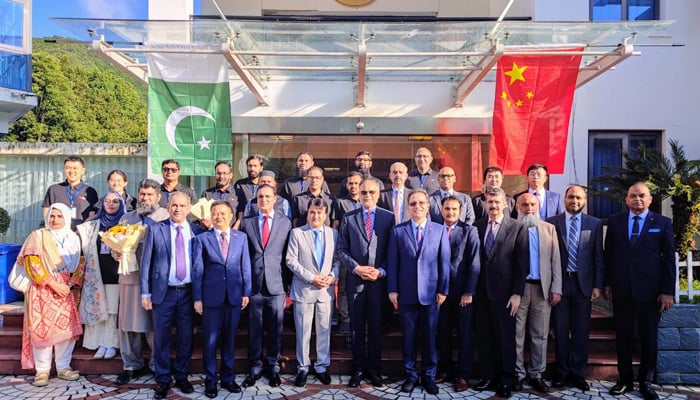
In a message shared on X, Iqbal described the launch as “another URAAN of Pakistan,” and declared it “another proud moment for our nation.” He said the mission reflects the “dedication and excellence of Suparco and its brilliant team,” and asserted that the milestone “not only strengthens Pakistan’s capabilities in space exploration but also takes Pakistan–China Iron Brotherhood beyond the skies.”
He further stated that Pakistan would restore its leadership role in space technology and revealed that next year, with Chinese assistance, a Pakistani astronaut would be sent into space. Iqbal also announced that Pakistan aims to successfully complete its programme to reach the Moon by 2035.
The Ministry of Foreign Affairs, in an official press release, declared the launch a “major milestone for space exploration and technological progress,” reaffirming Pakistan’s commitment to innovation and sustainable development.
Earlier, Suparco had stated that the satellite would play a pivotal role in sustainable development by improving resource management, supporting precision agriculture, and facilitating urban and regional planning.
The mission builds on a decade of progress since the 2011 launch of PakSat-1R, followed by PakTES-1A and PRSS-1 in 2018. In 2024, the country achieved another milestone with the launch of PakSat-MM1, providing high-speed internet to remote areas.
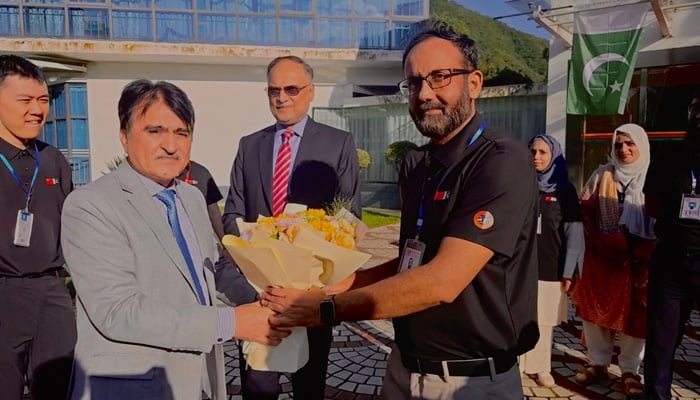
Pakistan’s first student-built lunar satellite, iCube Qamar, also made global headlines with its images of the Moon’s surface.
Most recently, in January 2025, Pakistan launched its first fully indigenous satellite, Electro-Optical Satellite EO-1, developed entirely by local engineers and scientists, designed for agriculture, disaster monitoring, and environmental analysis.






